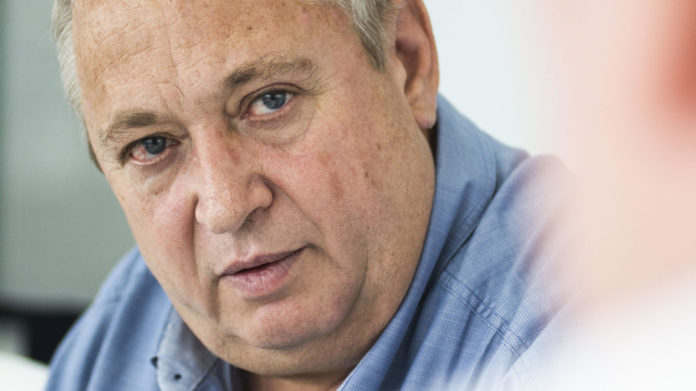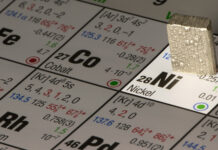
SIBANYE-Stillwater has terminated an agreement to buy a nickel mine and a copper project in Brazil which it announced last year would cost it $1bn to conclude.
This follows “a geotechnical event” at one of the assets – the Santa Rita nickel mine – which the South African headquartered group today said was “expected to be material and adverse to the business”.
As the transaction was to buy the two assets in parallel, the purchase of the Serrote copper project has also been terminated.
Shares in Sibanye-Stillwater fell 2.4% in early Johannesburg trade.
“This should be a short-term positive for the stock, as many investors are not that comfortable with the company’s battery material strategy, in our view,” said Arnold van Graan, an analyst for Nedbank Securities.
Pulling a $1bn deal would also boost the prospects of an improved dividend for shareholders, said Van Graan although he added that shareholders might do a double-take when it came to trusting the quality of other assets the company has bought, or is intending to buy.
Dominic O’Kane, an analyst for JP Morgan took a different view arguing that whilst there might be a short term benefit to shareholders, the opportunity to buy these assets might not be repeated.
“While in the short-term we see upside to free cash flow yields and capital returns with the elimination of a $1bn outflow … there is potential downside should Sibanye-Stillwater choose to undertake a similar sized deal at a less favourable multiple,” he said in a note to clients today.
Serrote is in ramp up mode whilst Santa Rita, described last year by Sibanye-Stillwater as “the largest nickel-cobalt sulphide open pit mines in the world”, is generating cash. Santa Rita is developed to produce 16,000 tons a year of nickel equivalent and has been scoped for a seven year life.
When the transaction was announced, in October from private equity firm Appian Advisory Partners, it comprised the second leg of some $2bn in acquisitions that year alone intended to diversify Sibanye-Stillwater from its platinum group metals and gold production, which is mostly in South Africa.
Intriguingly, Van Graan raised the prospect that Sibanye-Stillwater might not only still aim to spend another $1bn on an acquisition, but that it also might direct these funds towards revisiting its gold growth plans.
“We believe Sibanye would look for other assets or deals to fill the gap left by the deal and, therefore, use this cash towards further merger and acquisition,” he said. “We would not be surprised if the company takes another look at some of the international gold assets it considered previously,” he said.
About 10 months ago, Neal Froneman, CEO of Sibanye-Stillwater, acknowledged that he was interested in building an African mining champion by merger his company with AngloGold Ashanti and Gold Fields. Approaches to both companies on these terms were rejected, according to sources.










